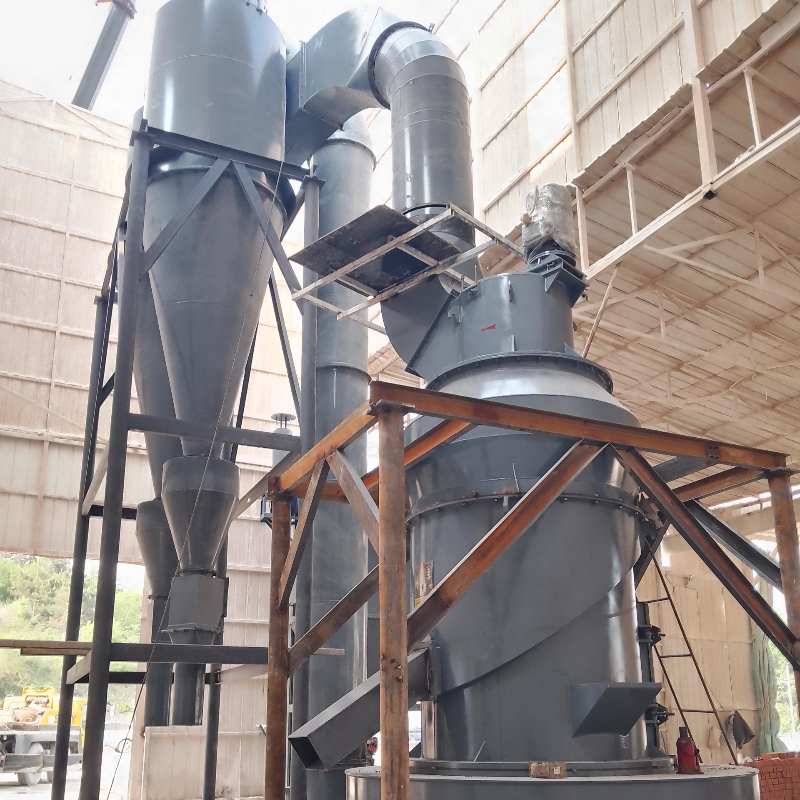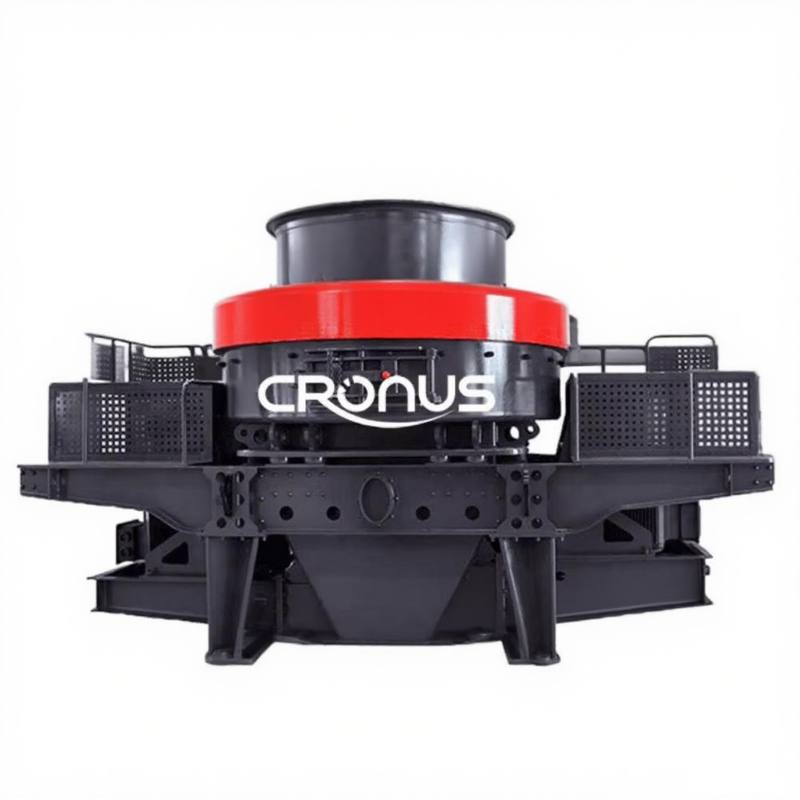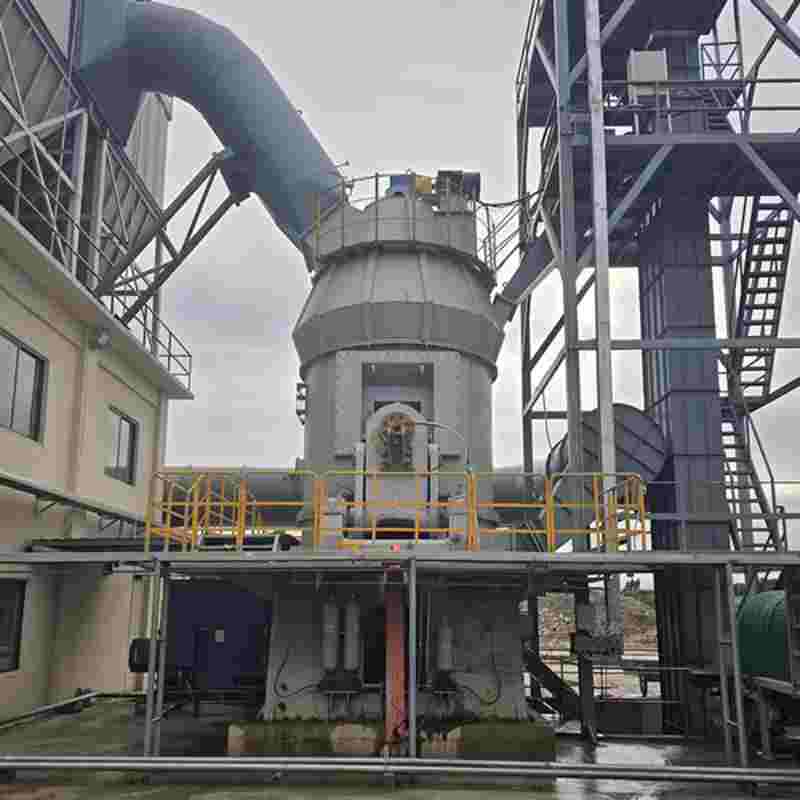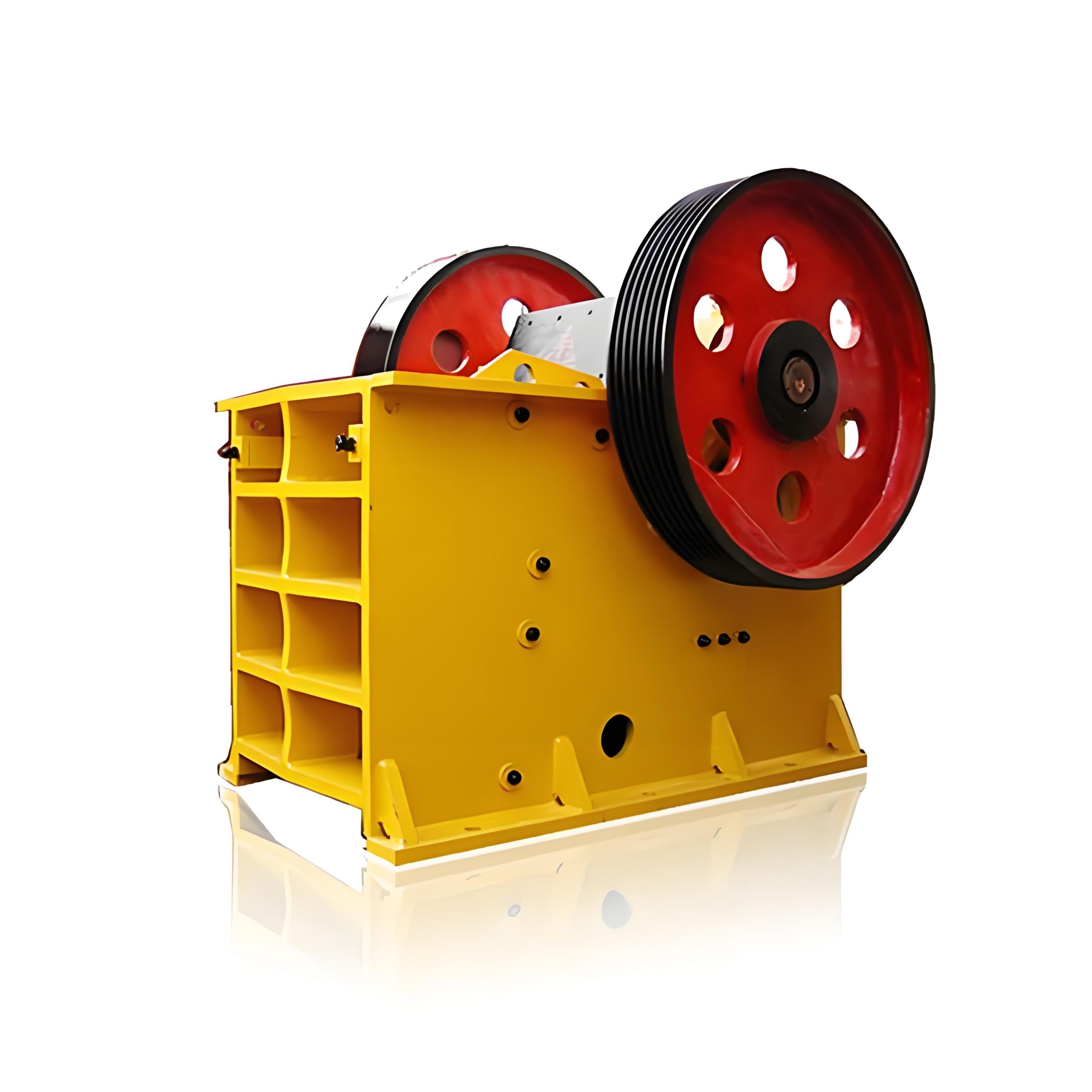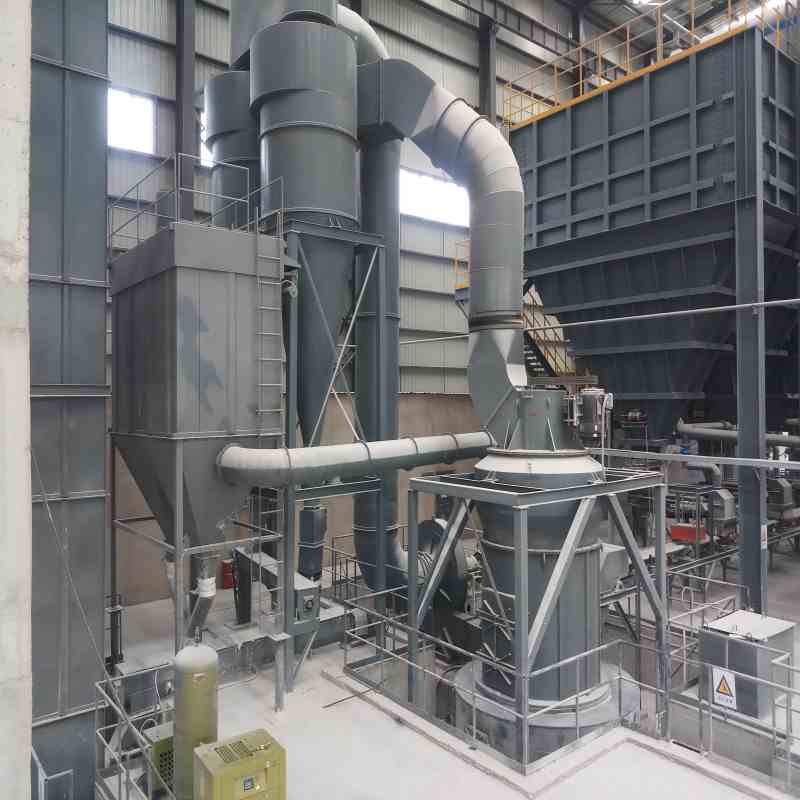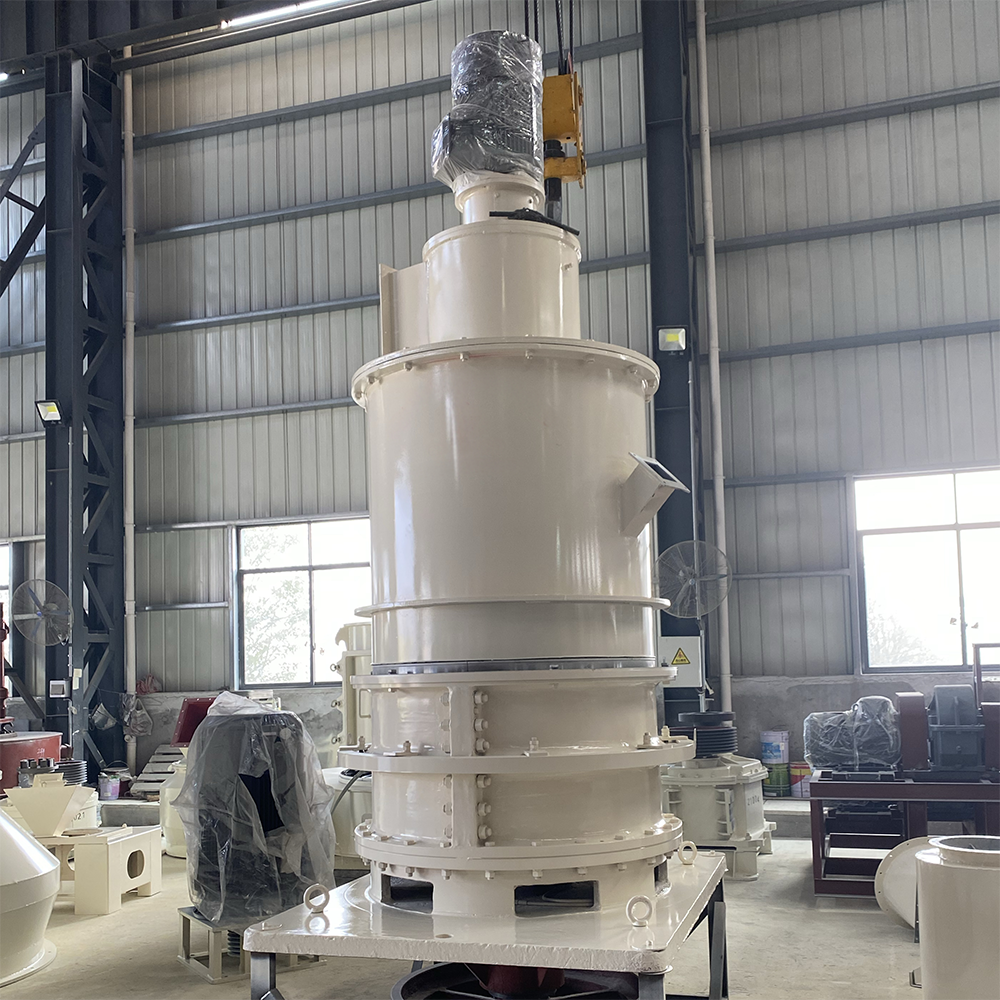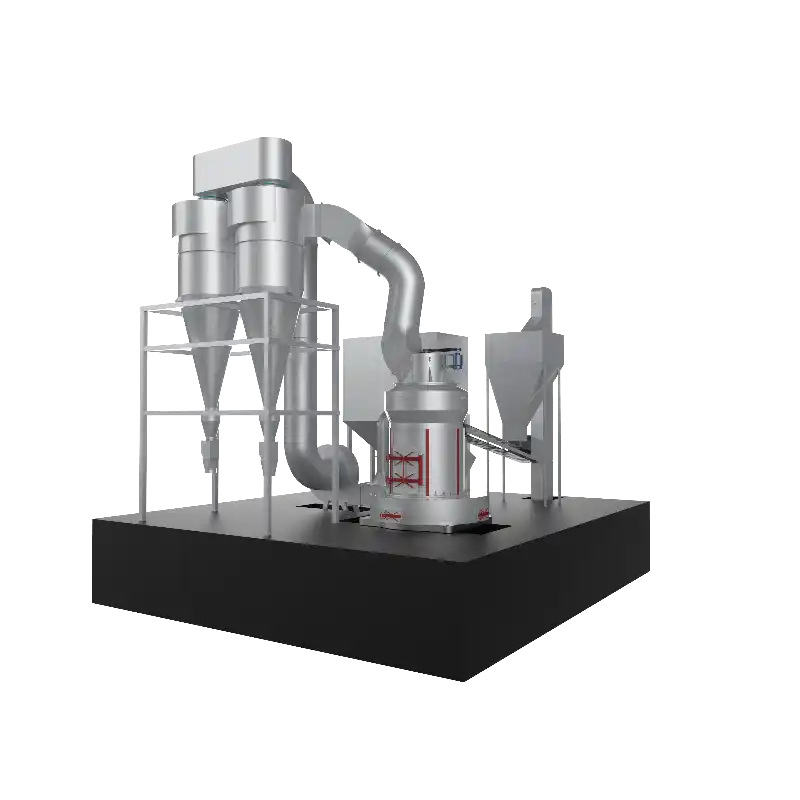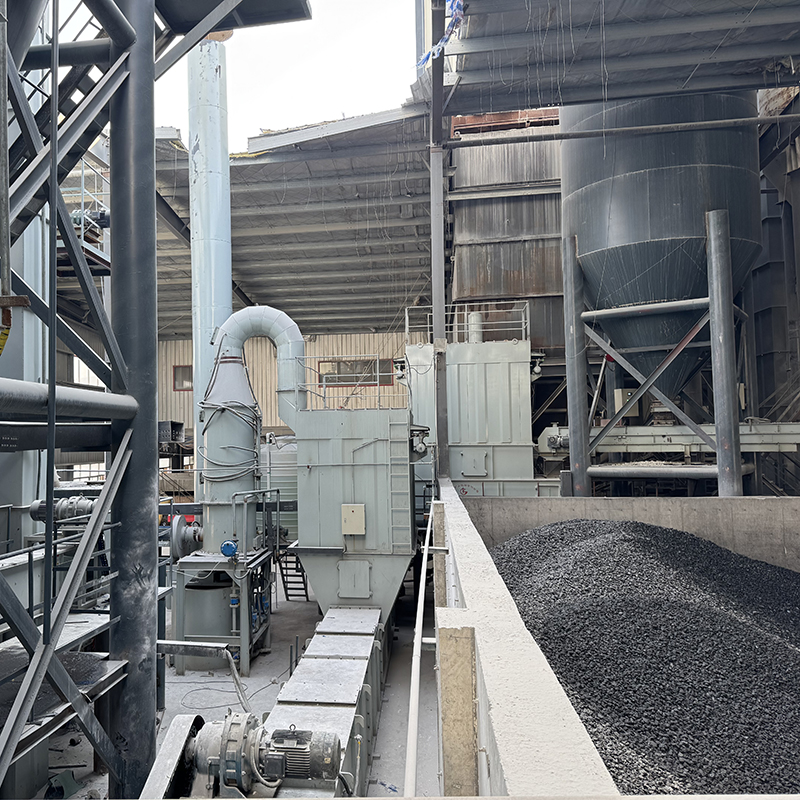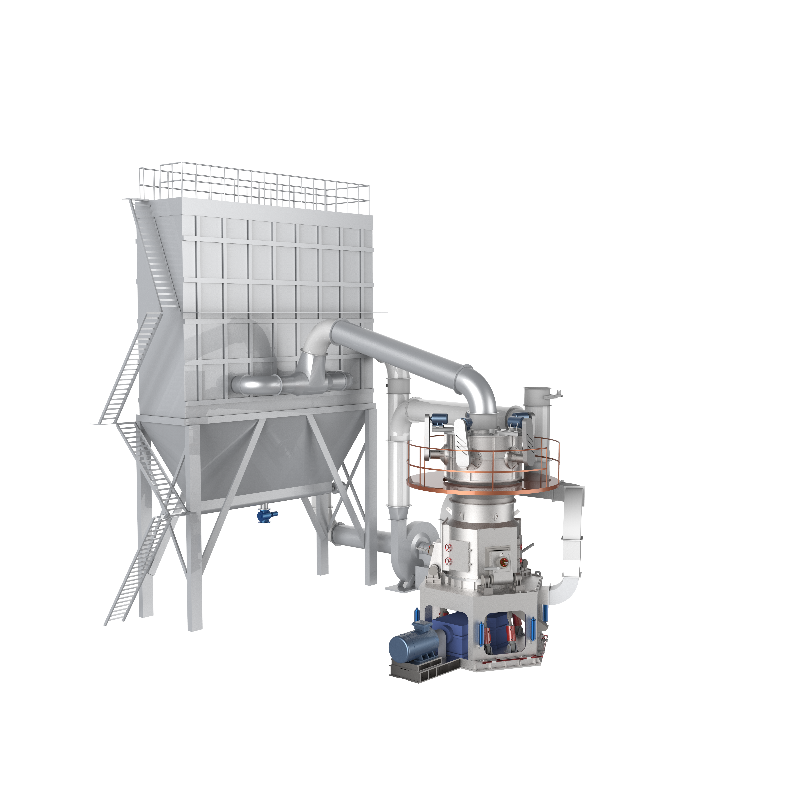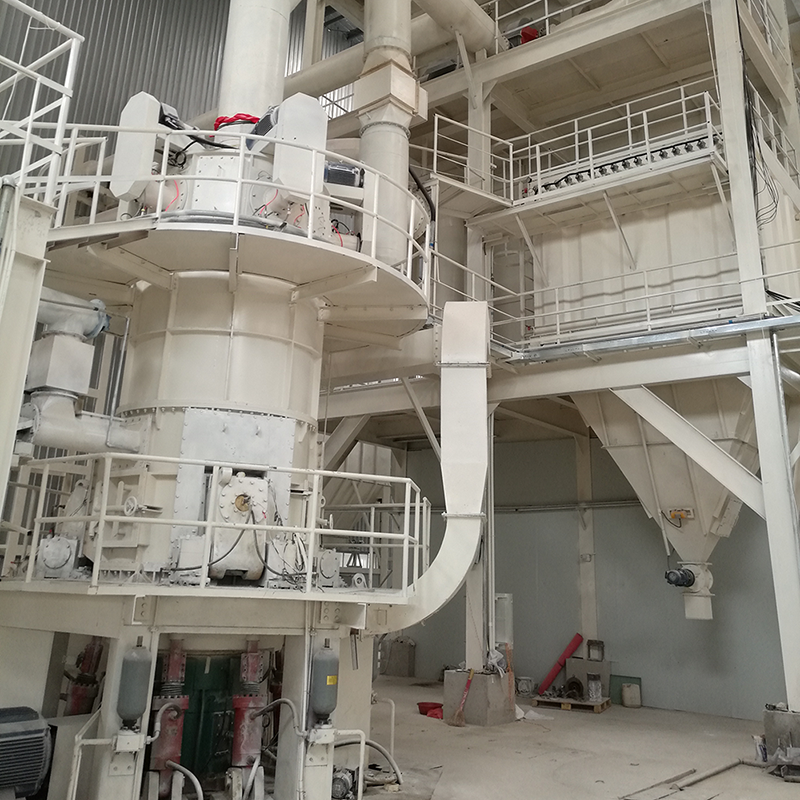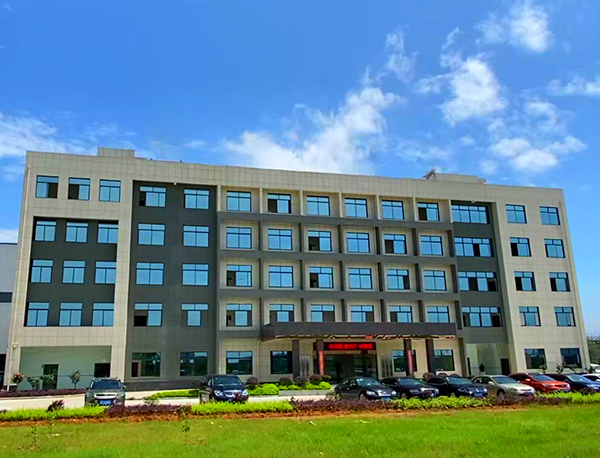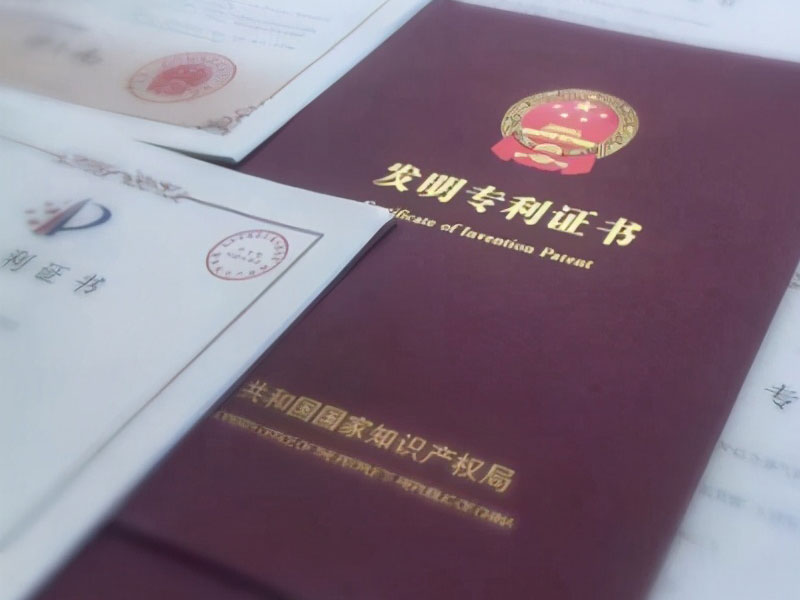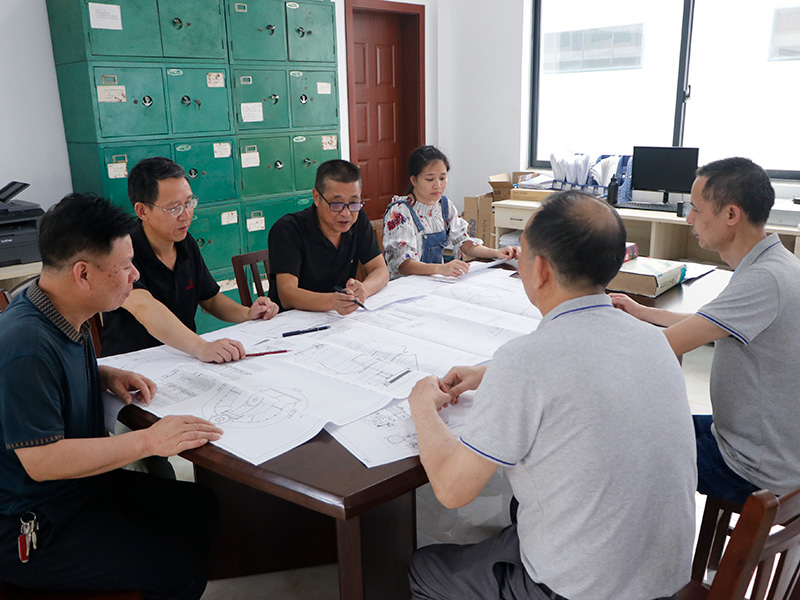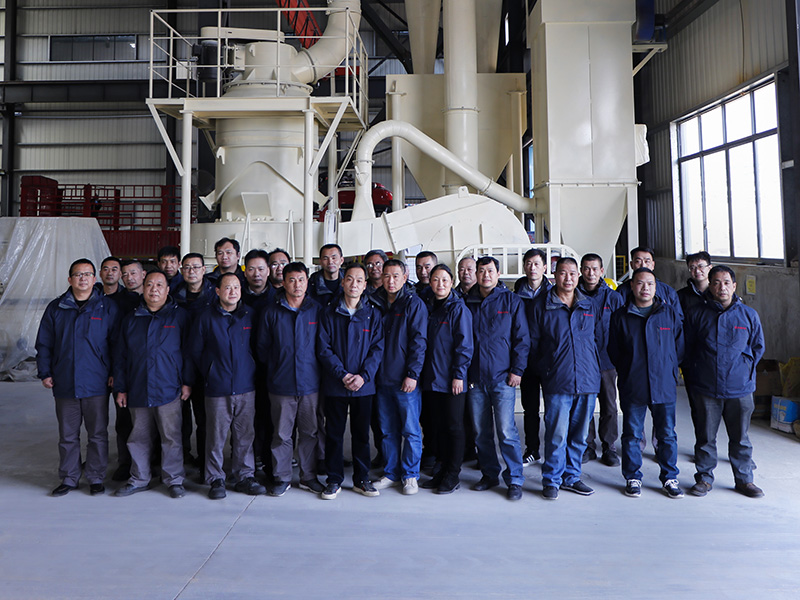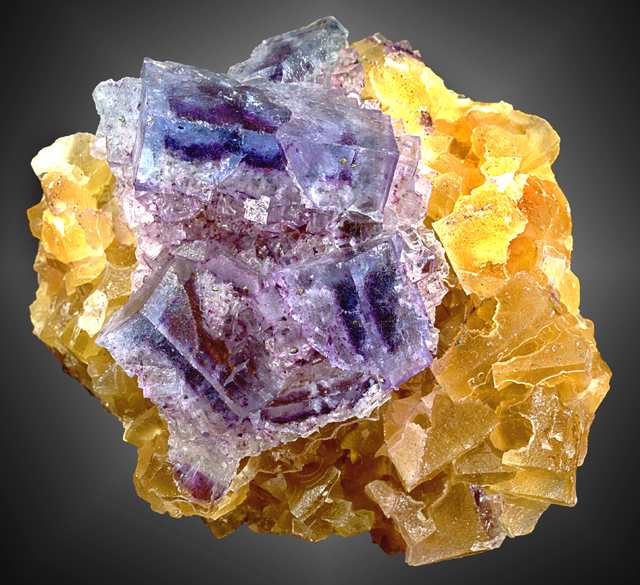
The environmental protection process of fluorite processing and production often includes two or three processes. For the fluorite ore with coarse grains, it usually includes three beneficiation processes: hand selection, gravity selection and flotation. For the fluorite ore with uneven coarse and fine distribution, it includes gravity selection and flotation. For low-grade fluorite with poor quality and fluorite and waste rock inter-impregnation, it can only be purified by flotation. Therefore, the fluorite beneficiation production line is divided into different process flows according to different ore properties.
Environmental protection process of fluorite processing and production - hand selection process
The hand selection process is mainly used for fluorite with clear boundaries between fluorite and gangue, easy to remove waste rock, and easy to identify ores of various grades with naked eyes. It is the simplest and most economical beneficiation method. The manual beneficiation process is generally: raw ore → washing → screening → hand selection. After the screening, the raw ore is divided into large blocks, medium blocks and particles (particle size 6-15mm) and enters the hand selection field. After manual sorting by grade, the particles are stacked by grade, the particles enter the jig machine for jigging, and the debris enters the flotation plant for processing into fluorite concentrate.
Fluorite ore processing and production environmental protection process - gravity separation production process
The gravity separation production process is mainly used to select particle ores with higher ore grade and particle size of 6-20mm. Gravity separation has the advantages of simple structure, convenient operation and significant efficiency. It has been widely used in mines with large particle ore volume and high grade.
Metallurgical grade fluorite is mostly granular fluorite block ore, which requires fluorite ore dressing equipment to be able to sort coarse fluorite ore to obtain granular or block fluorite ore. The only equipment that can directly sort granular or block ore is the jig. The jig has a large particle size and a wide particle size range. It can sort fluorite with a particle size of 0-50mm. This also determines that metallurgical grade fluorite must be produced using gravity separation equipment.
Fluorite ore processing and production environmental protection process - Metallurgical grade fluorite gravity separation processing and production process
Crushing process
Metallurgical grade fluorite concentrate is required to be granular high-quality fluorite ore, but fluorite ore is brittle and fragile. Therefore, the crushing process must consider the use of crushing equipment that can crush the raw ore to the particle size range of the dressing equipment without producing too much powder. The simple and practical jaw crusher has become the main equipment for fluorite ore crushing. This crushing process uses PE series and PEX series jaw crushers to crush the raw ore coarsely and finely, which not only crushes the raw ore to the effective particle size range of the jig, but also avoids the generation of powdered fluorite ore, which provides convenience for the sorting process and concentrate requirements.
Screening process
Fluorite Ore Screening Equipment Selection Guide
High Mud Content and High Viscosity → Use a Drum Screen (Water Rinsing is available to prevent clogging).
Mud-Free, Low-Moisture Rock Ore → Use a Circular Vibrating Screen (High-Efficiency Screening).
Screening Process (Three-Stage Sorting)
0-8mm → Enters Silo ②
8-30mm → Enters Silo ①
30mm → Returns to the Crushing Process for Re-Crushing
Separation process
As mentioned before, metallurgical grade fluorite requires the concentrate to be granular or blocky, which means that the metallurgical grade fluorite production equipment must use the jig as a gravity separation equipment. This process uses two different jig equipments to wash 0-8mm and 8-30mm fluorite ores. In order to improve the mineral processing index and processing capacity, it is recommended to set up a silo and feeder before the jig to ensure the normal and stable operation of the jig.
Dehydration process
The normal operation of the jig uses water as the mineral processing medium. Therefore, the concentrate and tailings discharged by the jig have a large water content and need to be simply dehydrated. For this dehydration process, we recommend the use of a high-efficiency dehydration screen, which can greatly reduce the surface moisture of the mineral and play a dehydrating role. The excess water is returned to the circulation pool for continued use.
Environmental protection process of fluorite processing and production - flotation processing and production process
The flotation processing and production process is currently widely used by fluorite mines at home and abroad. It is a beneficiation method for obtaining high-quality fluorite concentrate. Whether it is a single fluorite ore or a co-existing fluorite ore, whether it is a fluorite ore with a simple ore structure or a complex fluorite ore, whether it is a fluorite ore with coarse crystals or a fluorite ore with fine crystals, the flotation method can be used.
The carefully designed environmental protection process and equipment for fluorite processing and production are fully equipped, the connection of each link is more appropriate, the flotation accuracy is higher, and the operation is more convenient. The specific process flow is as follows:
Crushing and screening stage
The large pieces of fluorite ore mined must first enter the jaw crusher for uniform crushing, and then be screened into different specifications by the circular vibrating screen. The materials that do not meet the particle size requirements are sent back for re-crushing, and the qualified fluorite ore particles will be sent to the next stage.
Grinding and Classification Stage
The qualified fluorite ore material is mixed with water and sent to the ball mill for grinding. Then it is classified by the spiral classifier. The slurry that does not meet the requirements is returned to the ball mill for further grinding. The slurry that meets the requirements is sent to the next stage.
Flotation and Drying Stage
After classification, the qualified fluorite ore slurry first enters the mixing barrel and is mixed evenly with the reagent, and then sent to the flotation machine to make the reagent and the slurry fully contact and react. The obtained fluorite concentrate is concentrated in the concentrator, and then dried and dehydrated by the dryer to obtain the finished fluorite concentrate powder.
The environmental protection process of fluorite ore processing and production is mainly divided into three stages, namely crushing, grinding and flotation, and dehydration. The crushing stage process is generally a three-stage one-closed-circuit process, and small mines also use a three-stage or two-stage open-circuit process. In the grinding and flotation process, the number of grinding times is determined by the mineral particle size and the distribution condition. The ore with fine distribution particle size and difficult monomer separation adopts secondary grinding, and other ores can adopt primary grinding. The flotation process is determined by the nature of the ore, that is, whether it is a single fluorite ore or an associated (symbiotic) fluorite ore.
The ore dressing process of a single fluorite ore generally adopts roughing-sweeping selection, and then 5-6 times of concentrating; the flotation of associated (symbiotic) fluorite ore generally selects polymetallic ores first, and then selects fluorite. Its flotation process is the same as that of a single fluorite ore. Mineral dressing agents should be used in the flotation process as collectors of useful minerals, inhibitors of impurities, pH adjusters, etc.
The flotation agents generally used in fluorite flotation are oleic acid, soda ash, water glass, aluminum sulfate, zinc sulfate, etc. The dehydration process of fluorite concentrate consists of three processes: concentration, filtration, and drying. Fluorite concentrate for export does not need to be dried, and only requires that the moisture content after filtration is less than 10%. However, the fluorite concentrate used by some Chinese manufacturers of hydrofluoric acid needs to have a moisture content of less than 0.5% after drying.

